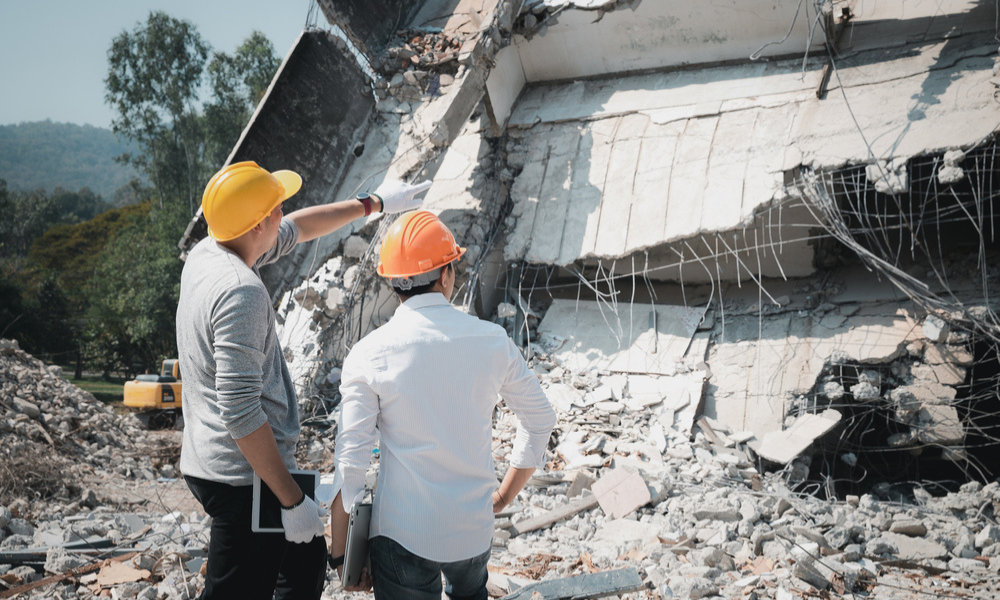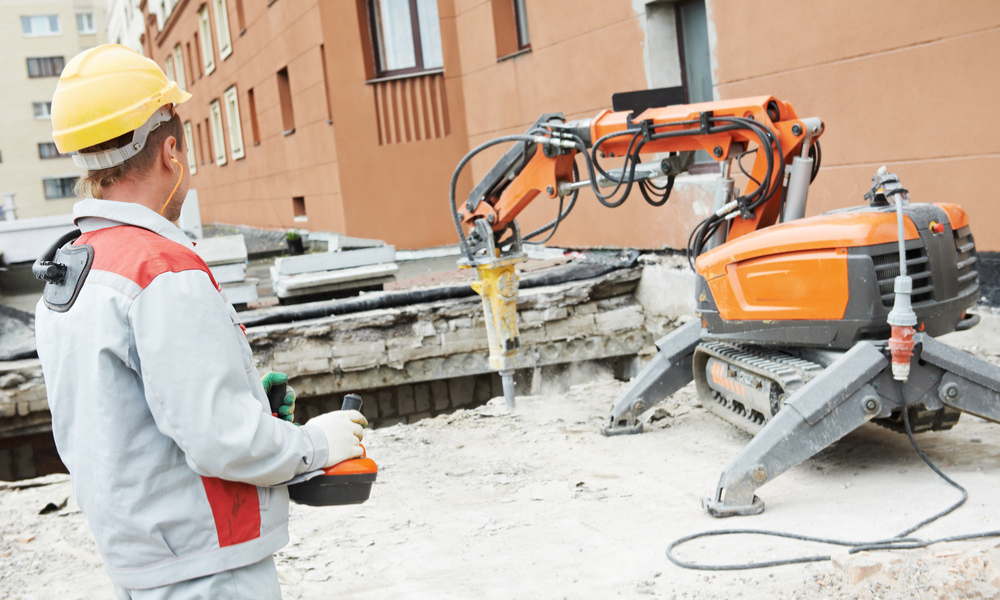Estimated reading time: 5 minutes
Tearing down a structure might look simple—bring in the heavy machinery, clear the site, and move on. But once I started researching actual pricing, I quickly realized that expenses go beyond just breaking things apart. From labor and materials to permits and debris disposal, a variety of elements shape the final bill.
If you’re planning a project, whether it’s a home teardown, a commercial site clearance, or an interior renovation, understanding where the money goes is essential. Here’s a full breakdown of what to expect and how to keep expenses under control.
What You’ll Learn in This Guide
The key factors that influence pricing
What different types of projects typically cost
Hidden fees that can inflate your budget
Smart ways to reduce spending without cutting corners
When doing it yourself is (and isn’t) a good idea
What Impacts the Cost of Demolition?

Pricing isn’t just about knocking something down—it’s influenced by location, complexity, and how much work is needed before and after the teardown.
Project Size & Scope
A small garage is far easier to take down than an entire commercial complex. The larger the structure, the more labor and equipment are required.
Material Type
Concrete and brick require specialized tools to break apart, while wood and drywall are easier to remove. Heavier materials often increase disposal costs as well.
Permits & Inspections
Most cities require approval before a structure is taken down. Fees vary, and if hazardous materials like asbestos or lead-based paint are found, inspections and special handling add to the total bill.
Site Accessibility
Tearing down a building in a tight urban area with surrounding structures? That’s more time-consuming (and expensive) than clearing an open lot. Limited access can also make equipment operation more challenging.
Debris Hauling & Recycling
Dumping everything into a landfill is costly, so many companies now recycle materials. Some materials—such as metal or reclaimed wood—can even be resold to offset expenses.
If you’re interested in reducing waste, here’s how experts handle eco-friendly teardowns.
How Much Does a Demolition Project Cost?
Pricing varies widely depending on the type of work. Here’s a general breakdown:
Residential Projects
House Teardown: $4 – $8 per square foot
Garage or Shed Clearance: $1,500 – $5,000
Mobile Home Removal: $3,000 – $8,000
Planning a home project? This residential demolition guide offers helpful insights.
Commercial Sites
Small Business Property: $30,000 – $70,000
Larger Buildings: $50,000 – $200,000+
Per Square Foot Estimate: $5 – $12
Want to know what happens behind the scenes in a commercial job? Here’s a guide on the process.
Interior & Partial Demolition
Kitchen or Bathroom Gutting: $1,000 – $5,000
Removing a Non-Load Bearing Wall: $500 – $2,000
Load-Bearing Wall Removal: $2,000 – $10,000
Unexpected Expenses to Watch For

Some costs don’t show up in an initial estimate but can add up fast. Here are a few to keep on your radar:
Permit Fees & Inspections
Most cities require permits, which range from $100 to $500. If hazardous materials are involved, expect additional costs for specialized testing and disposal.
Hazardous Material Handling
Older buildings may contain asbestos, which must be professionally removed. This service typically costs $2 – $3 per square foot, but the price increases if the contaminated area is large.
Utility Disconnections
Water, gas, and electricity must be safely shut off before work begins. Some service providers handle this, while others leave it to the property owner.
Post-Project Cleanup
Not all crews include debris hauling in their quote. If site clearing isn’t covered, it can add $500 – $5,000 to your final cost.
How to Save Money on a Demolition Project
Hiring a professional is an investment, but that doesn’t mean I can’t cut costs where it makes sense. Here’s how:
Compare Multiple Quotes – Getting at least three estimates helps ensure fair pricing.
Look for Salvageable Materials – Selling old fixtures, wood, or metal can offset expenses.
Read the Fine Print – Some bids exclude cleanup, utility work, or extra fees. I always ask for a breakdown.
Time the Project Wisely – Off-season work (like winter in colder areas) may be cheaper due to lower demand.
Not sure how to find a reliable professional? This guide helps with choosing the right contractor.
Should I DIY or Hire a Professional?
It’s tempting to grab a sledgehammer and do the job myself, but is it really the best choice?
When DIY Might Work:
Small projects, like tearing down a shed
No hazardous materials present
I have access to disposal options
When a Pro Is the Smarter Option:
The project involves structural work
Utility disconnections are required
There’s a risk of asbestos or mold exposure
Heavy machinery is necessary
Going solo might seem cheaper at first, but mistakes can get expensive. If I miscalculate disposal fees or hit an underground pipe, the savings disappear fast. Want to weigh the pros and cons? Here’s a direct comparison.
Finding a Reputable Contractor
I never go with the first name I find. Instead, I check:
Online Reviews – Google, Yelp, and industry-specific directories
Professional Associations – The National Demolition Association (NDA) verifies experienced pros
Local Referrals – Builders and real estate professionals often have great recommendations
Final Thoughts: Smart Planning Leads to Better Results
Tearing something down involves more than just brute force—it’s a process that requires careful budgeting and planning. Understanding what affects pricing, knowing which hidden fees to watch for, and hiring the right team can help me avoid costly mistakes.
Before jumping into a project, I make sure to compare options and ask the right questions. If I’m working on a large site, I also check how contractors prepare sites before work begins.
The bottom line? A well-planned demolition sets the stage for what comes next—whether that’s



